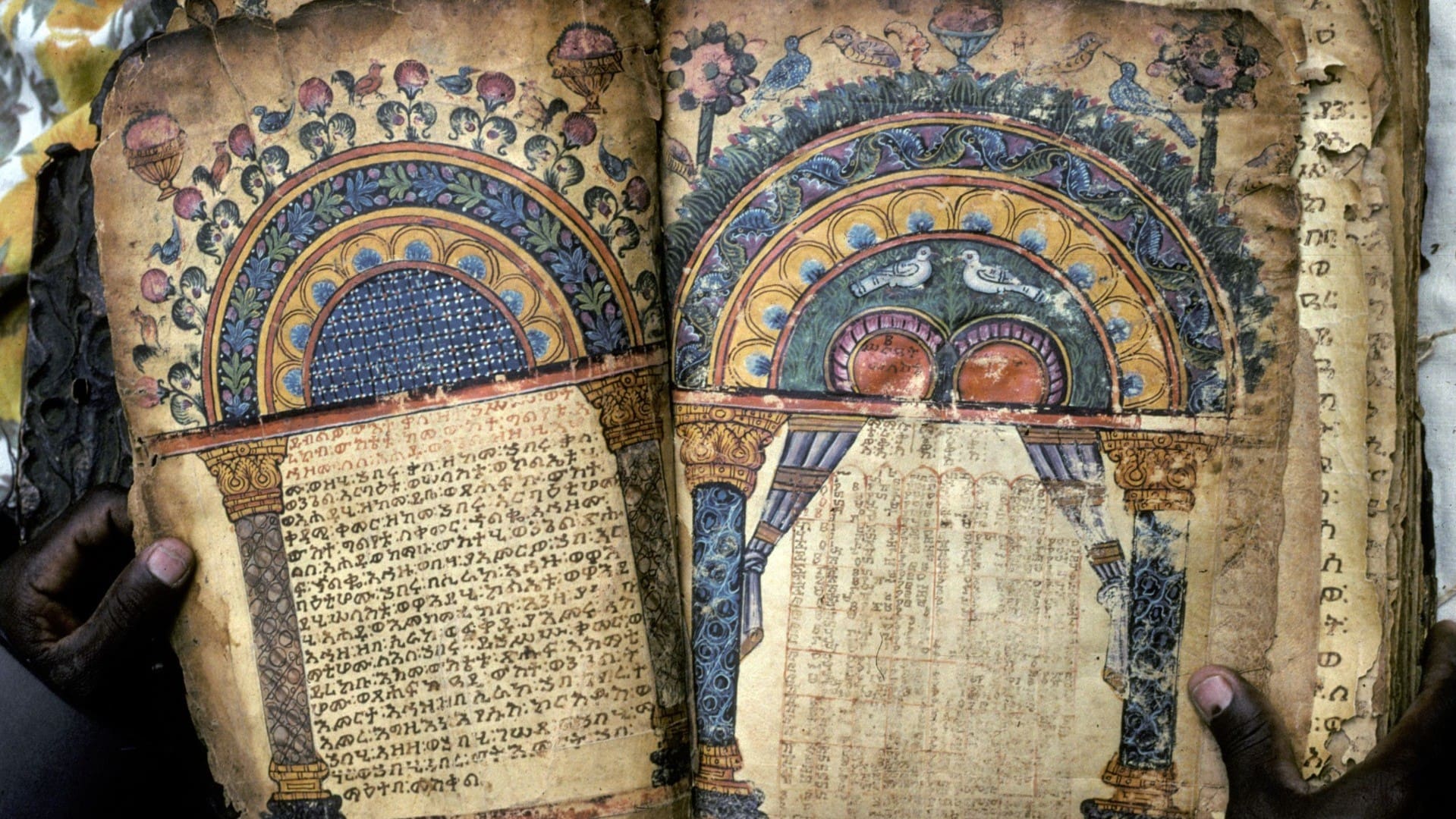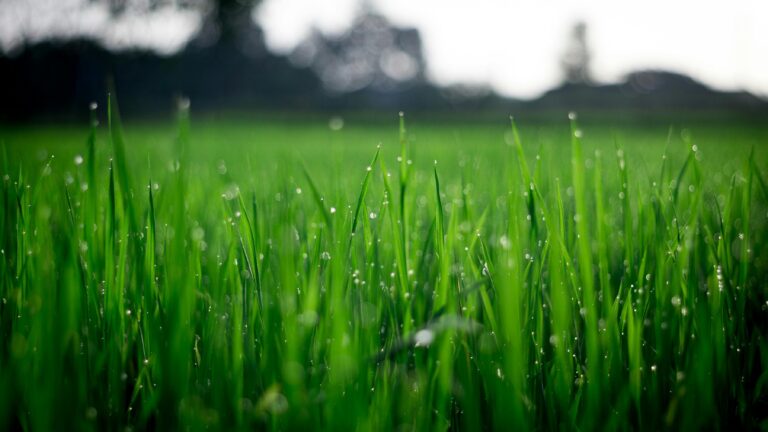One of the oldest biblical manuscripts in the world was auctioned in London on 11th of this month. The Crosby-Schøyen Codex, written in Coptic script on papyrus in Egypt, dates to between 250 to 350AD. Written in Coptic on papyrus, it is estimated to be of a value between $2.6 and $3.8 million. The piece, which is composed of 51 papyrus leaves (102 pages), contains the oldest full text of two books of the Bible: the First Epistle of St. Peter and the Book of the Prophet Jonah, as well as one of the oldest and most complete compositions of the Treatise of Melito of Sardis on the Passover (second half of the 2nd century AD).

The Coptic composition is by far an attraction, yet how many are aware that
the oldest illustrated Bible manuscripts are housed in the Abba Garima Eastern Orthodox Monastery near Adwa in the Tigray region (northern Ethiopia)?
The Garima Gospels are attributed to Garima who is recognized as one of the Nine Saints, a group of itinerant monks originating from different regions of the Byzantine Empire, including Syria, Cilicia, Cappadocia, and Rome. Traditionally they arrived in Ethiopia—then called Axum—with the intention of evangelizing the Christian faith among the population;[1] they were called Tes Attu Keddusan Romawyan. Their arrival in Tigray dates as early as 454, or, according to other authorities, 474 or 480, although their legendary accounts were not completely written down until the 15th century.
The Gospels of Abba Garima, which were discovered in 1950, were originally thought to be composed just after the first millennium, or at least centuries after Garima’s death. Yet recent radiocarbon dating carried out at Oxford University suggests a date between 330–650 AD, thus opening the possibility that they were actually formed by Abba Garima himself, which would pre-date the then earliest illustrated scriptural manuscript of the Rabbula Gospels (c. 586 AD, Laurentian Library, Florence) from Syria.
The Gospels of Abba Garima is an illuminated gospel book divided into two volumes. According to legend, God delayed the setting of the sun so that Garima, who had just come from Constantinople (or Rome) in 494 AD, could write the Gospels in Semitic Ge’ez in one single day—Ge’ez is one of the oldest alphabets still in use in the world.


The Garima Gospels have remained in one piece and in the same place for the best part of 1,600 years, guarded by generations of monks from Muslim invaders, colonial conquerors, and a fire in the 1930s that destroyed their church. Their survival is astonishing, granted that all other early Ethiopian manuscripts have been destroyed during turbulent times, and that they predate all other early Christian texts in southern Arabia by a good five hundred years. What has kept these volumes safe also makes conservation a bit of a challenge.

The gospels are never allowed outside the domain of the monastery, so when the Ethiopian Heritage Fund sent an Anglo-French team of specialists to help restore the brittle volumes, they had to bring the people and equipment up the side of a cliff to the monastery where they set up shop in the courtyard. Beatrice Playne, who made the initial discovery in 1950 had the manuscripts brought to her outside the monastery since the monks do not allow women inside.
The late scholar Jules Leory studied the volumes and arrived at the conclusion that they were two sets of separate Gospels,
now referred to as Garima I, which contains 348 pages (and 11 illuminated pages), and Garima II, which has 322 pages (and 17 illuminated pages). The latter, according to the carbon dating, was composed prior to the former; Garima I is dated between 530–660 AD, while Garima II as early as 390–570 AD.
The Ethiopian Heritage Fund has helped in the restoration effort of the Garima Gospels. In October 2006 it began its program of work to conserve the manuscripts. In 2006 Lester Capon and Mark Winstanley went to the Abba Garima monastery to carry out the first phase of conservation, primarily focusing on Garima I. The binding was undone, and the illustrated pages were conserved and their gilded binding repaired. The book was then rebound.
In 2012 Capon returned to Abba Garima monastery and with the assistance of Julian Pendlebury the conservation work on the Gospels continued. The main purpose of the latest visit was to ensure the pages of Garima II were properly ordered, as over the years pages had become loose or had been bound in the wrong place.
Mark Winstanley explained how the Garima Gospels mean more to the monks that just an artefact:
‘The monks believe that the book has the magical powers of a holy text. If someone is ill, they are read passages from the book and it is thought to give them strength.’[2]
[1] Antonella Brita, “I racconti tradizionali sulla <<seconda cristianizzazione>> dell’Etiopia”, in Studi Africanisti, Serie Etiopica 7. Naples, Università degli Studi di Napoli, 2010, 2.
[2] Abba Abraham Buruk Woldegaber, O. Cist., and Mario Alexis Portella, Abyssinian Christianity: The First Christian Nation? — The History and Identity of the Ethiopian and Eritrean Christians. Florence, BP Editing, 2012, 40.








